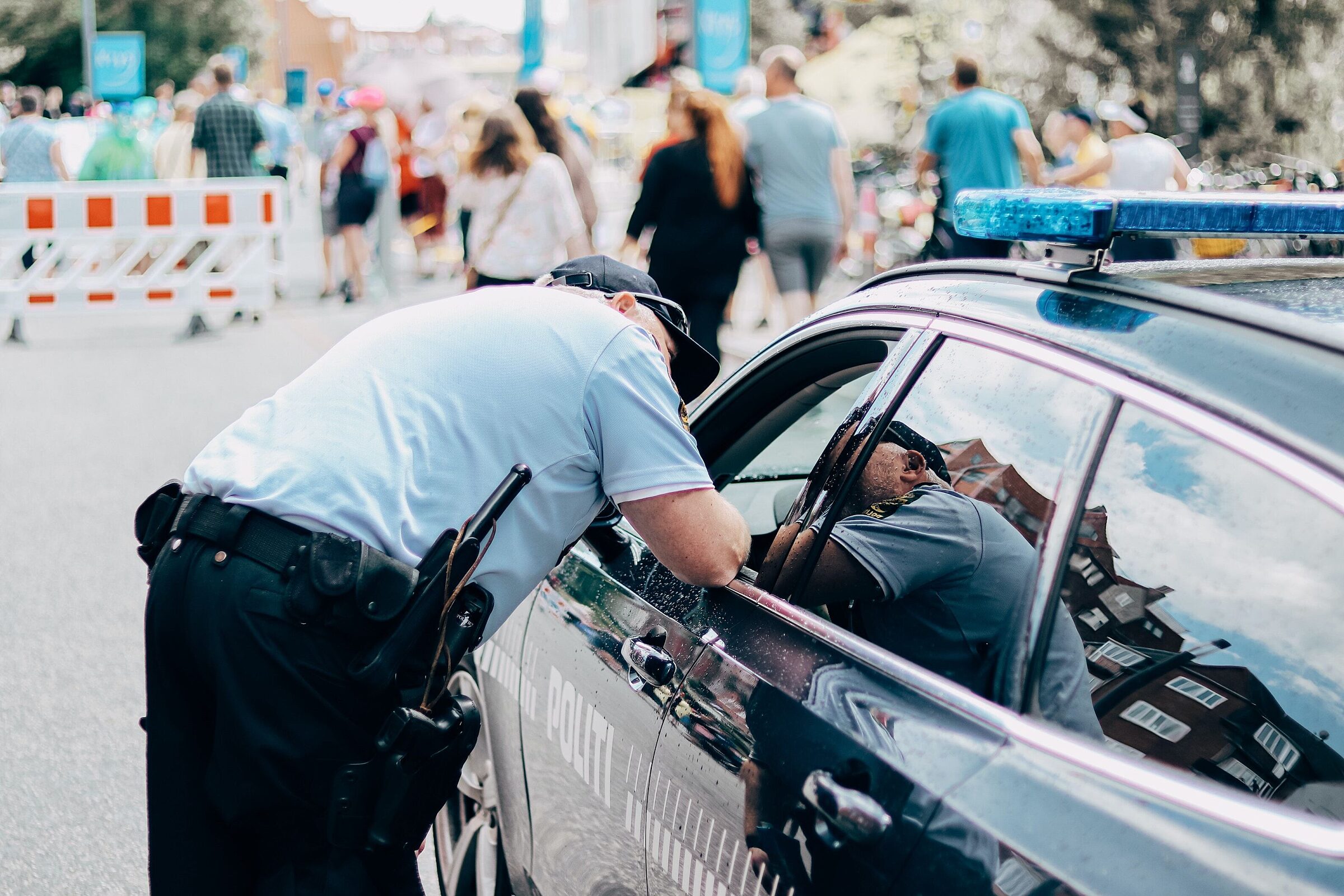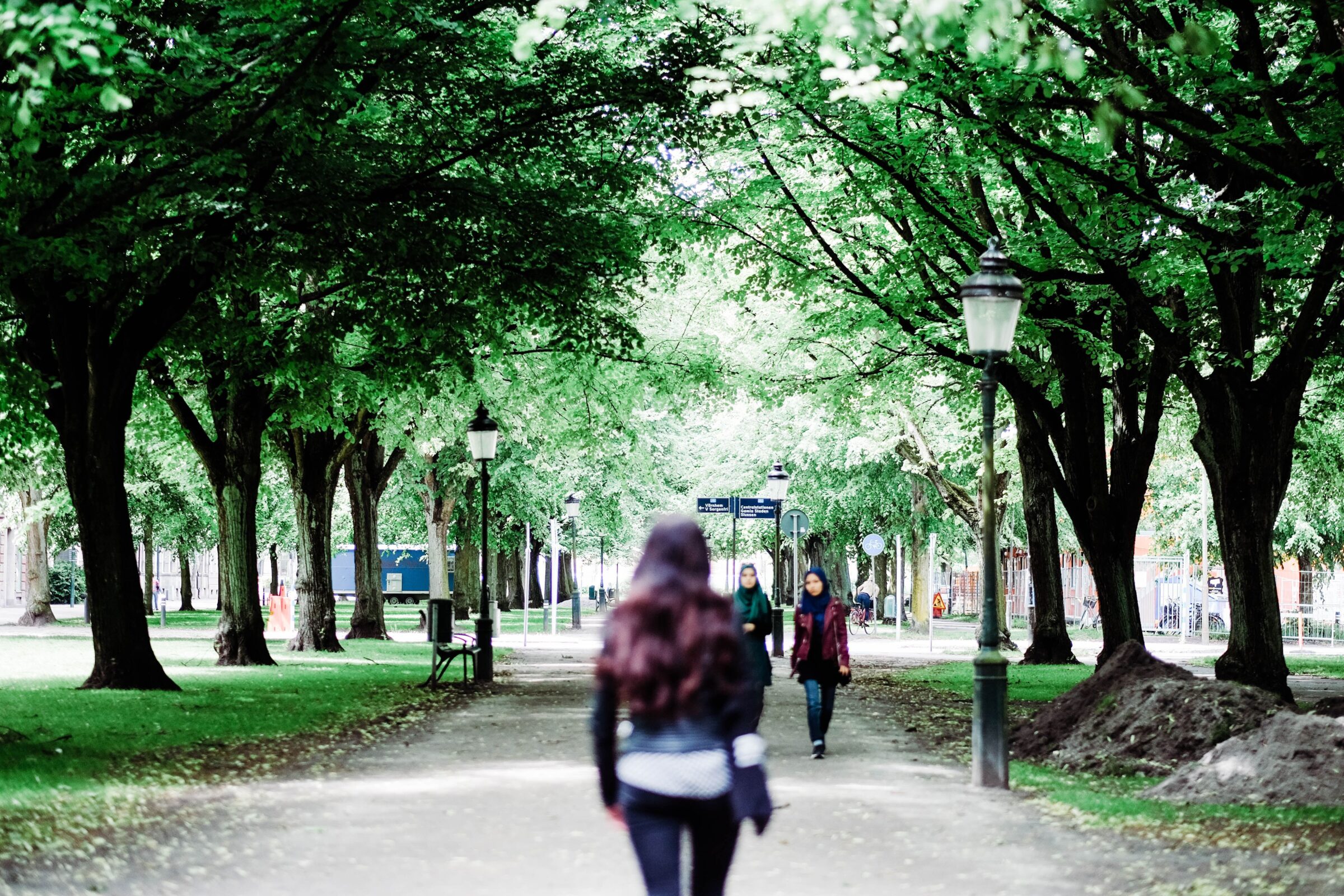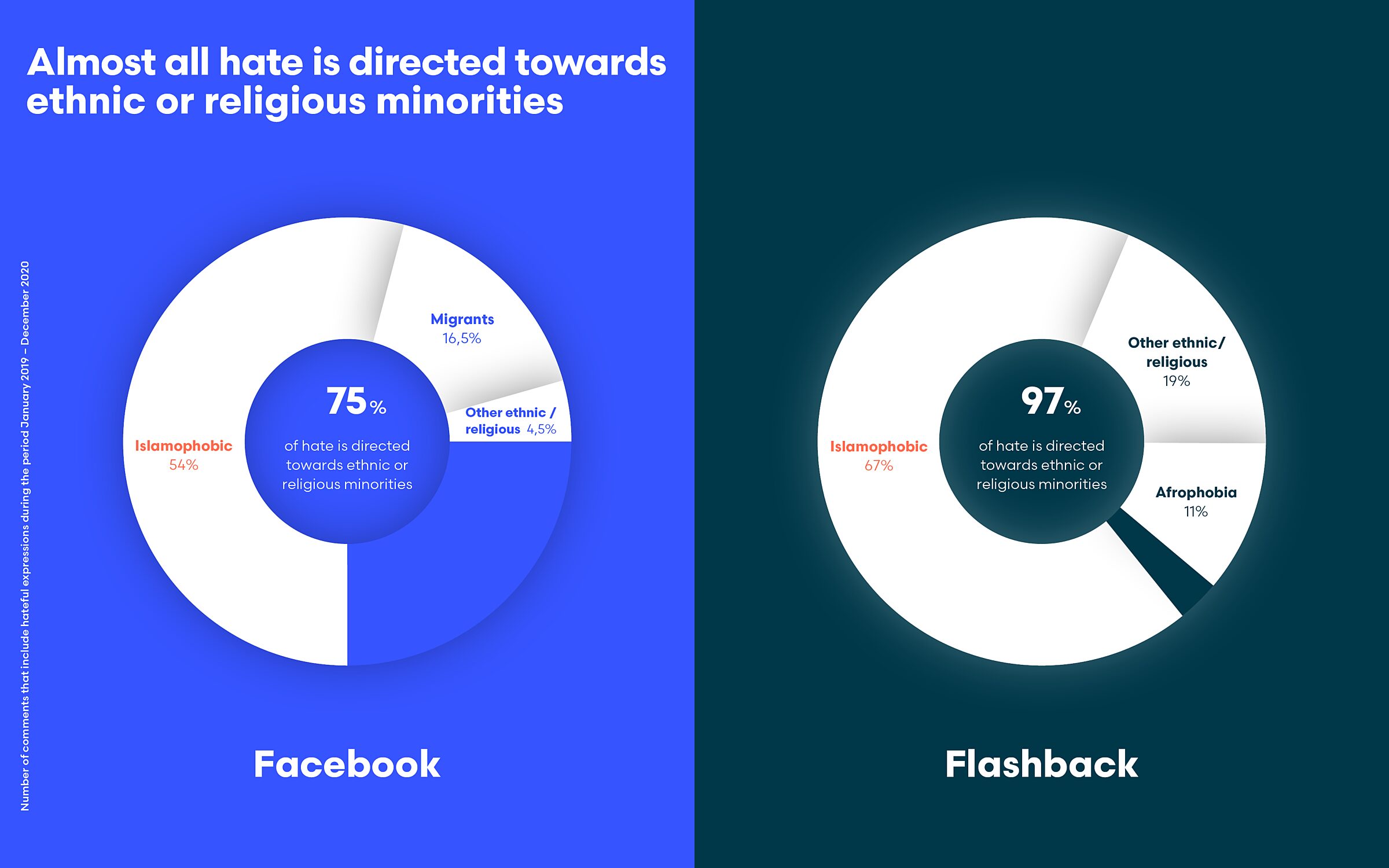

Nordic Safe Cities
Safe Digital City
Intro
It has never been more difficult to separate our digital and physical lives. Large parts of the national and local public conversation today take place via social media, where the rules of the game are in some ways radically different from those of the village pond. The keyboards can be red-hot, and some groups in particular are exposed via the digital city's arenas to harassment and hatred to a greater extent than ever. Together with extreme narratives, disinformation, misinformation and conspiracy theories, online hate constitutes a new type of threat to democracy, participation, and the safety of the population.
What is Safe Digital City?
Together with our partners Nordic Safe Cities and Common Consultancy, we have created the program "Safe Digital City". In Safe Digital City, we analyze the public conversations online—both at local and national level—to identify who the hate is directed at, which topics polarize the conversations, and how physical and digital events fuel the hate and influence each other.

How we Investigate the Debates in the digital City
Using machine learning, we train algorithms to identify verbal attacks and hate in the comments on social media. The algorithms make it possible to analyze the many millions of comments that constitute the public conversation in a digital city.
We find the digital city by identifying which social media are particularly used for public conversations among the city's citizens. We then identify public groups, channels, threads, and pages on social media that can be linked to a city and collect all posts and comments.
In the project in Malmö, we collected data from Facebook and Flashback, as many citizens participate in public conversations on these two social media. Once the data was collected, the algorithms identified verbal attacks and hate in the comments.

Example: What does the public digital conversation look like in Malmö?
The analyzes of the public digital conversation in Malmö show that, overall, there is significantly more hate in the conversations on Flashback (3.8 percent) than on Facebook (0.1 percent). However, the analyzes also show that there is a clear pattern in who the hate is directed against. As illustrated in the graph, the hatred is largely directed against ethnic and religious minorities, including to a large extent Muslims.

The physical and digtial hatred are closely connected
The analyzes of the public digital conversation in Malmö also show that there is a connection between physical events and online hate. In the period we investigated, there are three physical events in particular which have led to an increase in hate comments on social media. In 2019, there were two murders in Malmö, which led to many hateful comments on Flashback in particular. And in 2020, there was a significant increase in hate comments in connection with Rasmus Paludan's demonstration and Koran burning in the Rosengården housing estate in Malmø.

Want to know more?
Get in touch with Ane Kathrine

Ane Kathrine Strand +4792030878 ane@ogtall.no
- Collaborator
- Nordic Safe Cities
- Year
- 2023
